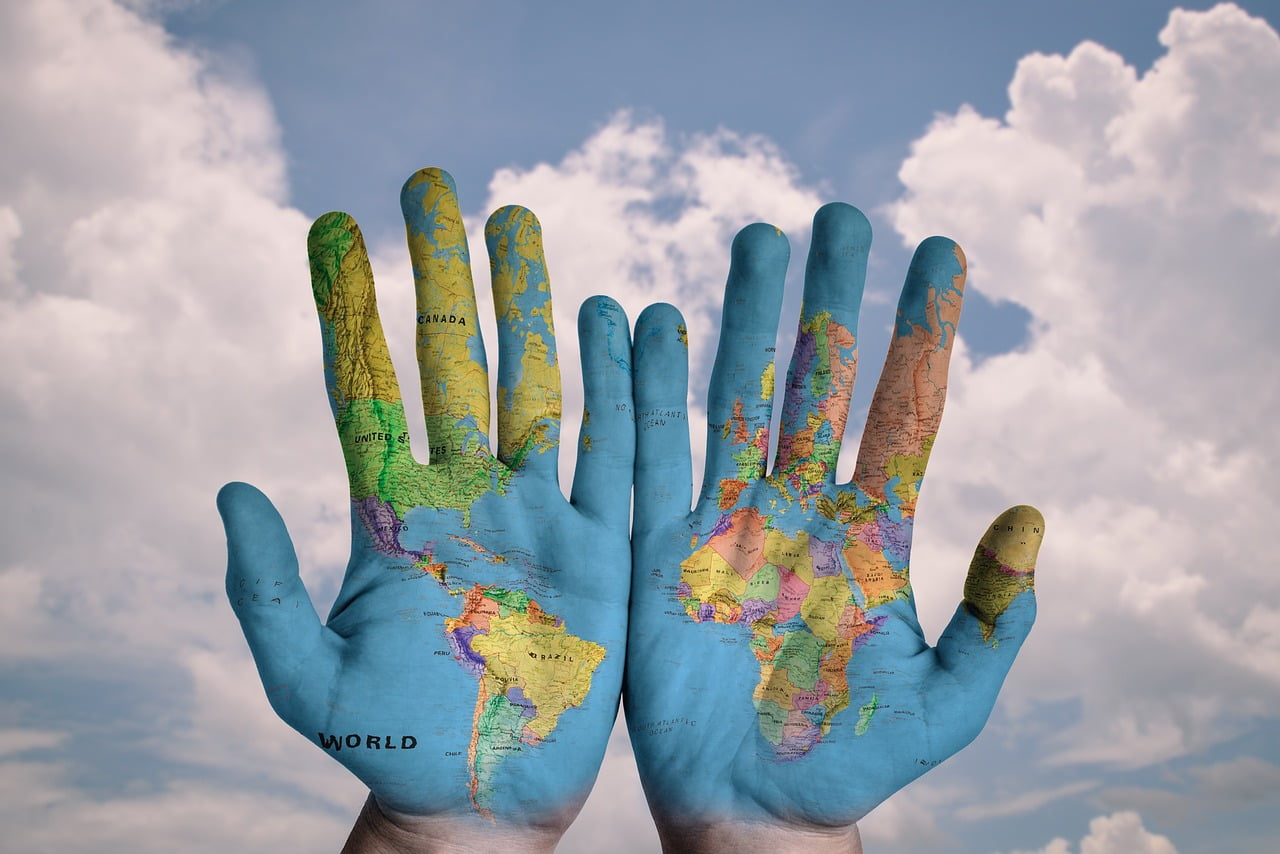In the vibrant tapestry of sign languages worldwide, there exists a remarkable fusion—a language that transcends borders, unifying deaf individuals from diverse linguistic backgrounds at international events like the Deaf Olympics. This remarkable bridge is International Sign Language (ISL), an amalgamation of common signs from multiple sign languages, including American Sign Language (ASL) and British Sign Language (BSL), among others, crafting a common method of communication for the global Deaf community.
ISL stands as a testament to the resilience and adaptability of sign languages. It intertwines gestures, signs, and expressions from various sign languages, creating a lingua franca that facilitates communication among individuals from different linguistic backgrounds. At international deaf events, ISL emerges as the shared language, enabling athletes, spectators, officials, and organizers to engage seamlessly, fostering a sense of unity and camaraderie.
One of the most captivating aspects of ISL is its ability to incorporate signs from different sign languages without abandoning their unique characteristics. It doesn’t seek to replace individual sign languages but rather acts as a bridge that allows for communication and understanding despite linguistic diversity. For instance, signs for common concepts like sports, emotions, and greetings are amalgamated, enabling participants to communicate effectively regardless of their native sign language.
During events like the Deaf Olympics, ISL becomes the cornerstone of communication both on and off the field. Athletes, coaches, and supporters utilize ISL to share strategies, celebrate victories, and forge connections. Beyond the competitive arena, workshops, cultural exchanges, and seminars thrive through ISL, facilitating learning and fostering a sense of community among participants from around the world.
The significance of ISL extends beyond communication—it embodies inclusivity and empowerment. By providing a platform for expression and connection, ISL ensures that all participants have equal access and opportunities to engage fully in the event’s proceedings.
However, the journey toward a fully inclusive environment at international Deaf events through ISL is ongoing. Advocacy for the recognition and integration of ISL into these events remains crucial. Efforts to provide adequate interpretation services and ensure accessibility for all individuals involved continue to be focal points for further improvement.
In conclusion, International Sign Language serves as a testament to unity in diversity, embodying the shared experiences and connections among Deaf individuals worldwide at events like the Deaf Olympics and other international Deaf events. Its ability to merge common signs from various sign languages into a coherent method of communication underscores the importance of inclusivity and understanding within the global deaf community. As ISL continues to evolve and find its place on the international stage, its role in fostering unity and empowering individuals stands as a beacon of hope for a more inclusive and diverse world.




One thought on “International Sign Language (ISL): The Ultimate Language Bridging Silence Across Borders”